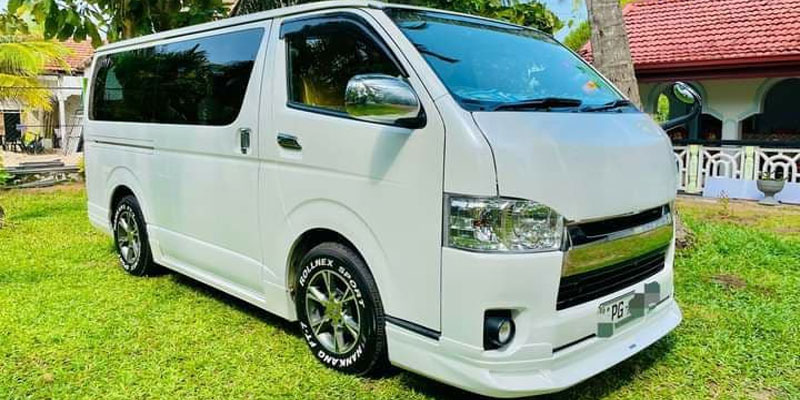Esala Perahera
History
Modern Perahera
The Procession
The Kumbal Perahera
- The commencement of the Devale Peraheras
- The placing of the casket on the tuskers back
- The commencement of the Dalada Perahera
- The completion of the Perahera
The city grows
The Randoli Perahera
Diya Kepeema and the Day Perahera
Organization of the Perahera
Transport Service for Tours
Honda Vezel
- +94 768 736 456
price $70/day

-
Price Per Day $70
-
Equipment $0
-
Rental Tolal Per Day$70
Arrive at your destination in style with this air-conditioned automatic. With room for 4 passengers and 2 pieces of luggage, it's ideal for small groups looking to get from A to B in comfort. Price can change at any moment so book now to avoid disappointment!
Car Features
Default Equipment
Pickup Features
Toyota Coaster
- +94 768 736 456
price (for 10 persons) $100/day

-
Price Per Day $100
-
Equipment $0
-
Rental Total Per Day$100
Arrive at your destination in style with this air-conditioned automatic. With room for 10 passengers, it's ideal for groups looking to get from A to B in comfort. Price can change at any moment so book now to avoid disappointment!
Bus Features
Default Equipment
Pickup Features
KDH Van
- +94 768 736 456
price (for 5 persons) $90/day

-
Price Per Day $100
-
Equipment $0
-
Rental Total Per Day$100
Arrive at your destination in style with this air-conditioned automatic. With room for 10 passengers, it's ideal for groups looking to get from A to B in comfort. Price can change at any moment so book now to avoid disappointment!
